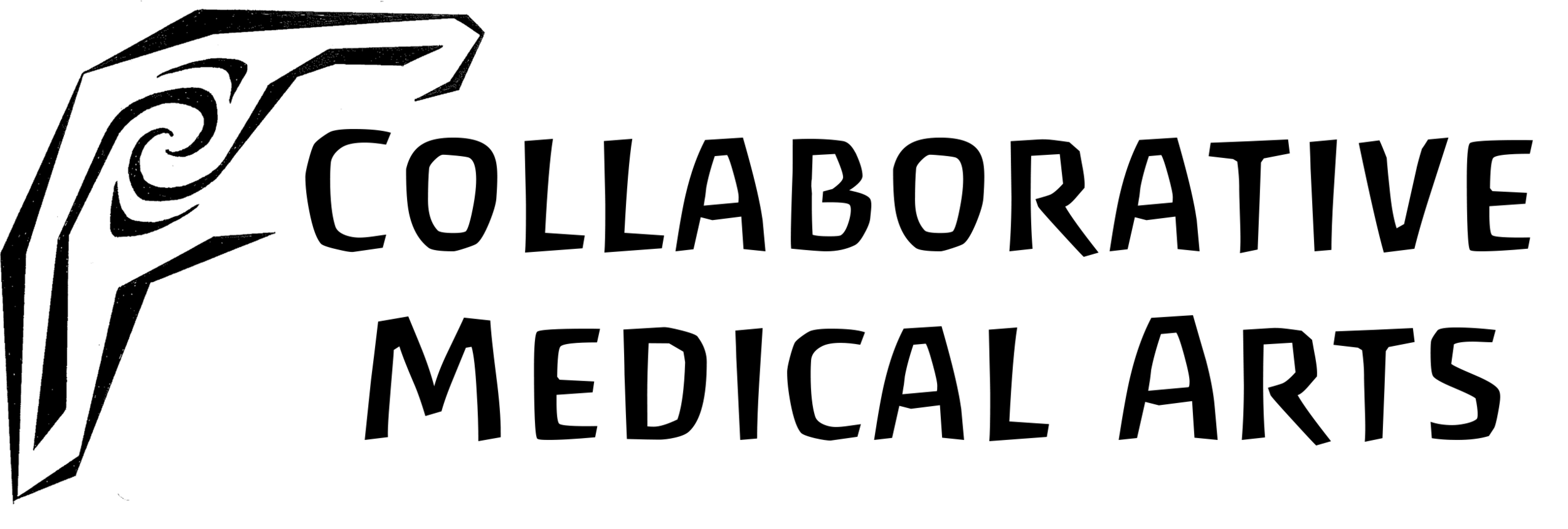Therapeutic Eurythmy
Eurythmy Therapy began in 1921, with participation of Dr. Rudolf Steiner and several physicians. It is now the focus of many medical studies in western Europe. At first Eurythmy therapy focused on the developmental challenges in children as it has been shown to support healthy neurological development. Gradually it has expanded to treat many forms of chronic illness. A therapeutic eurythmist train over 7 years to develop their unique insight into the formative forces of healing and regeneration. Therapeutic eurythmy views illness as a unique possibility for transformation within the individual. The whole human being is taken into consideration – not only the bodily condition but also emotional and spiritual aspects. This view reflects the insights of anthroposophic medicine, an integrative approach to health also developed by Steiner. Anthroposophic physicians complete a full, conventional medical education as well as additional training in the field. Therapeutic eurythmists can work closely with an anthroposophic trained physician working out of embryological and formative organ archetypes or independently when there is no physician nearbye. Therapeutic eurythmy invites you to be an active participant in your own healing. Conditions Treated Therapeutic eurythmy is currently practiced in hospitals, clinics, centers for special education, schools and private medical practices throughout the world. It has been refined over the years to support the healing of many specific conditions in both children and adults. Conditions treated include: ADHD, Allergies, Anxiety, Arthritis, Autism Spectrum Disorders, Back and Postural Problems, Cancer, Cardiac Support, Convalescence, Dental Irregularities, Depression, Developmental Disabilities, Diabetes, Digestive Disorders, Emotional Issues, Learning Difficulties, Stress and Fatigue, Trauma Recovery, Women’s Health Issues. It is a special and often overlooked therapeutic modality. But new research is gradually demonstrating the potential of this special treatment modality.
